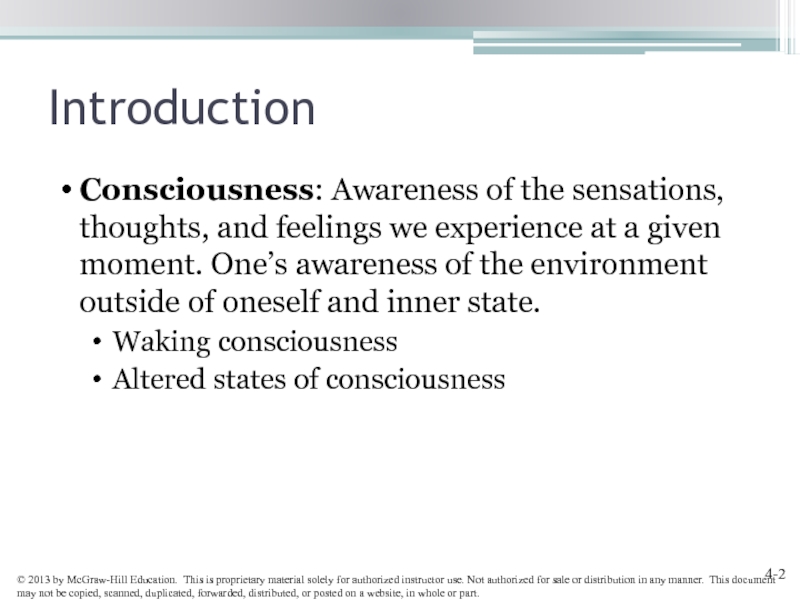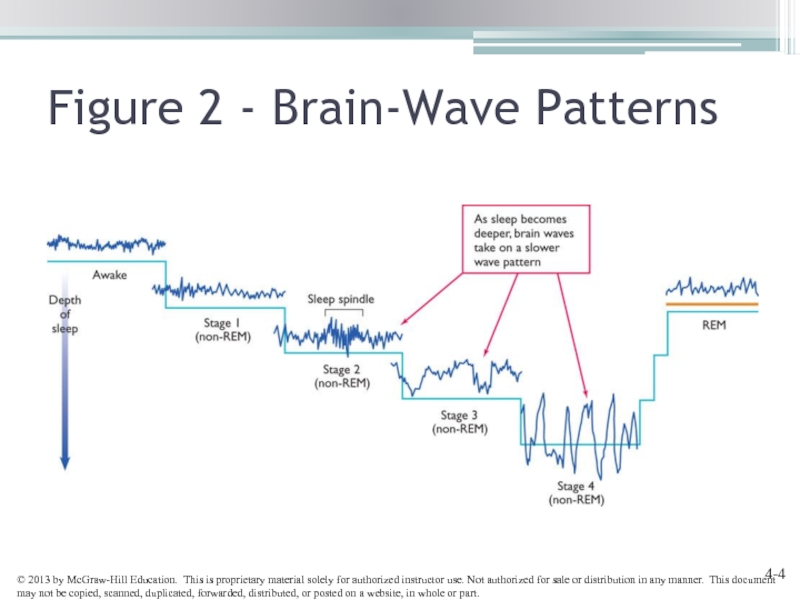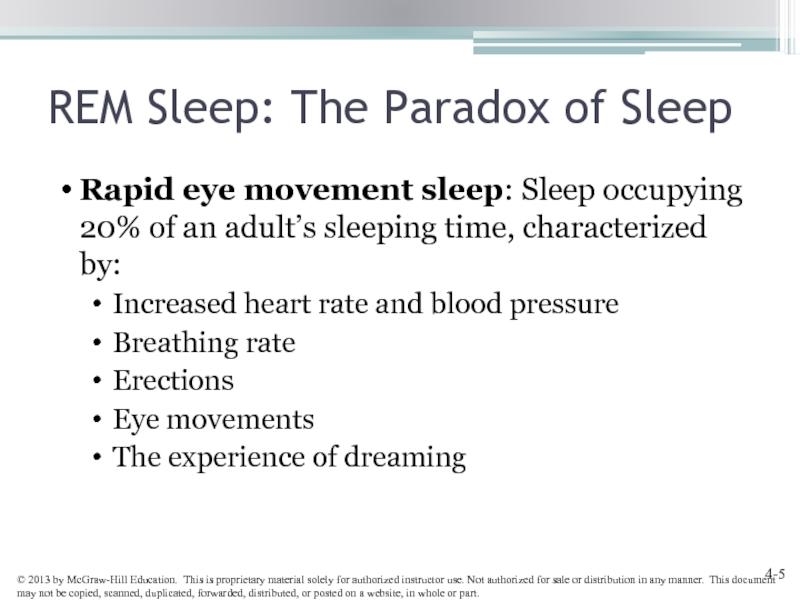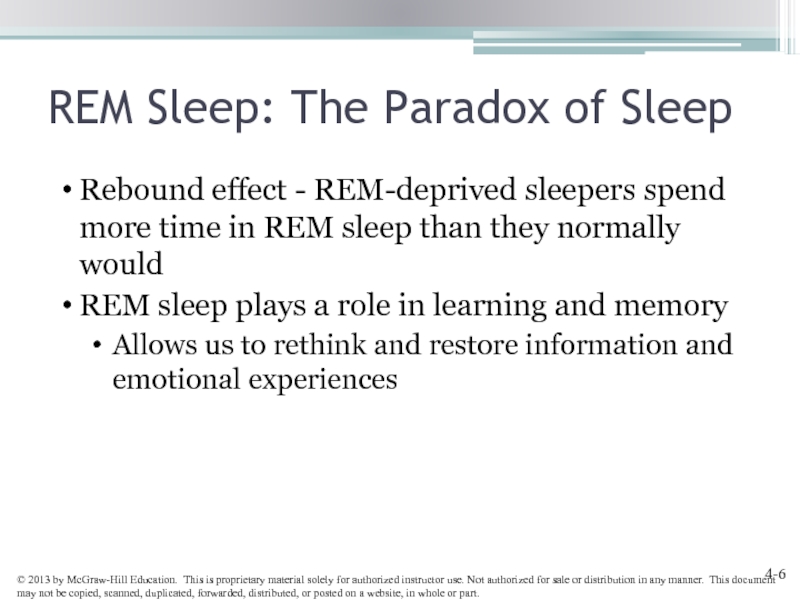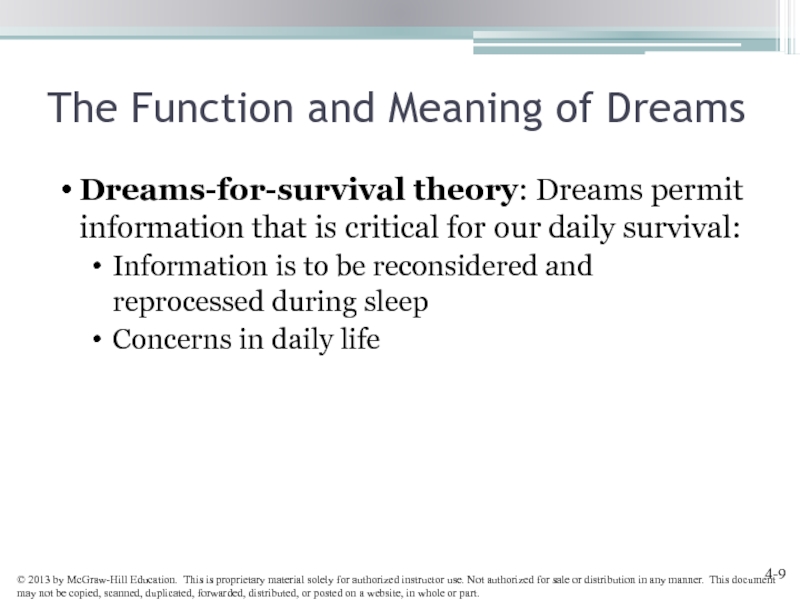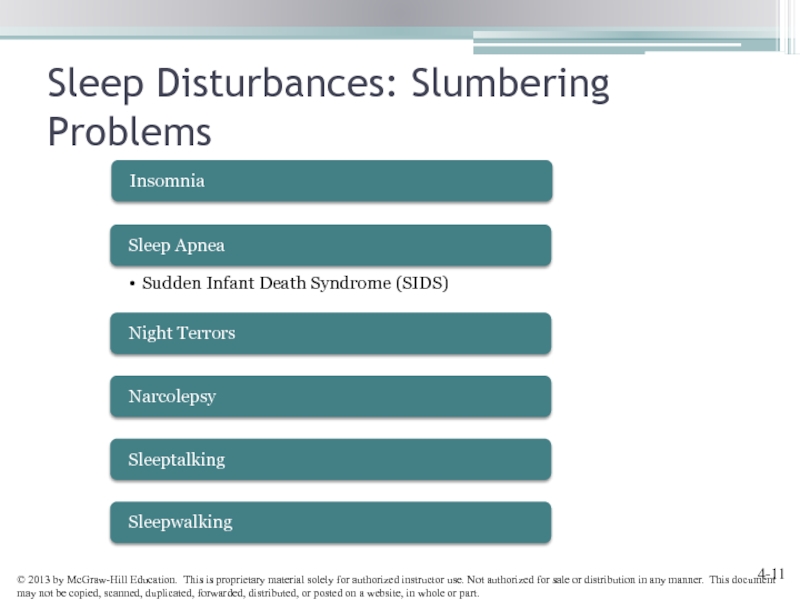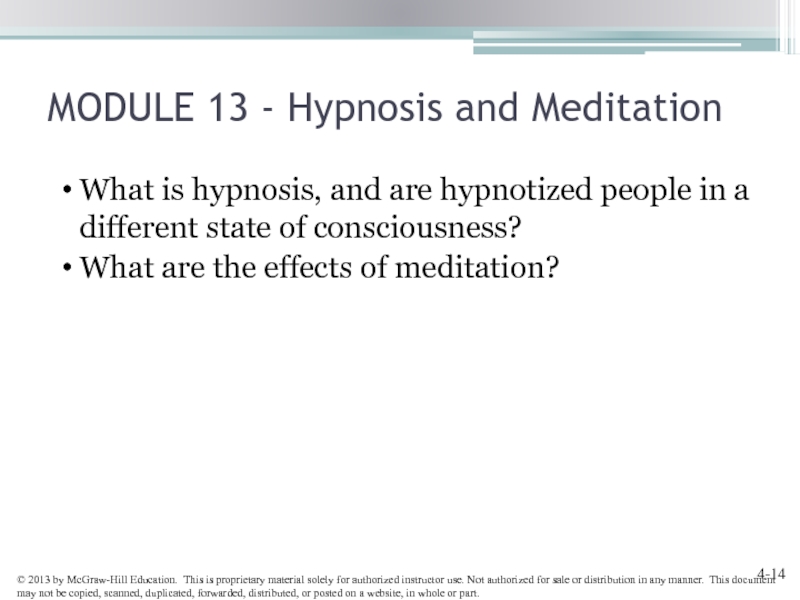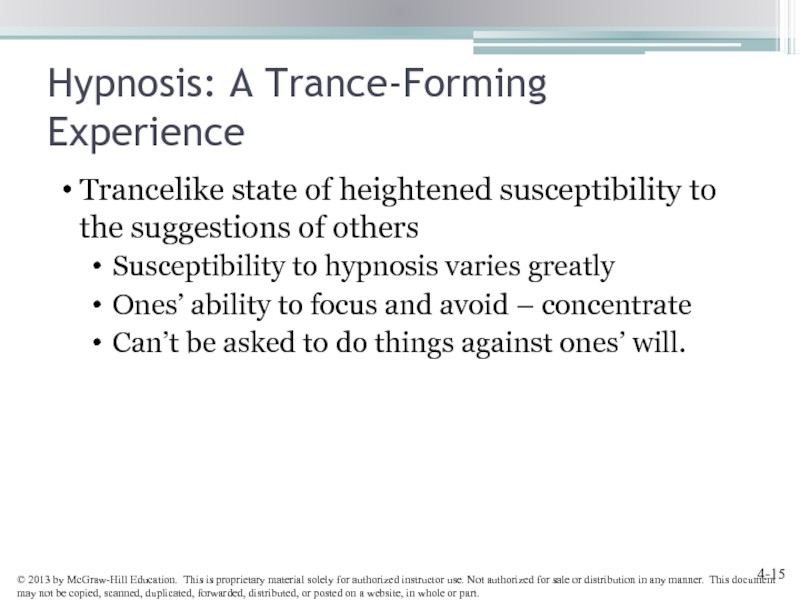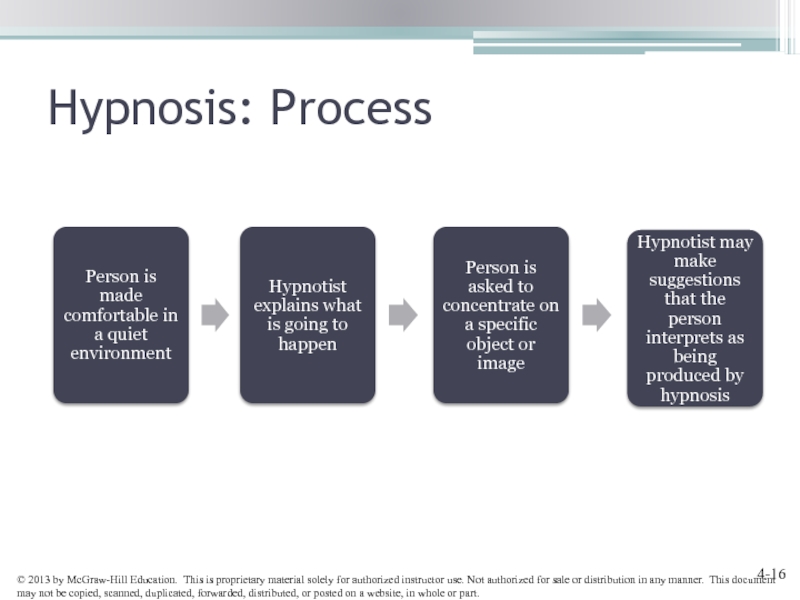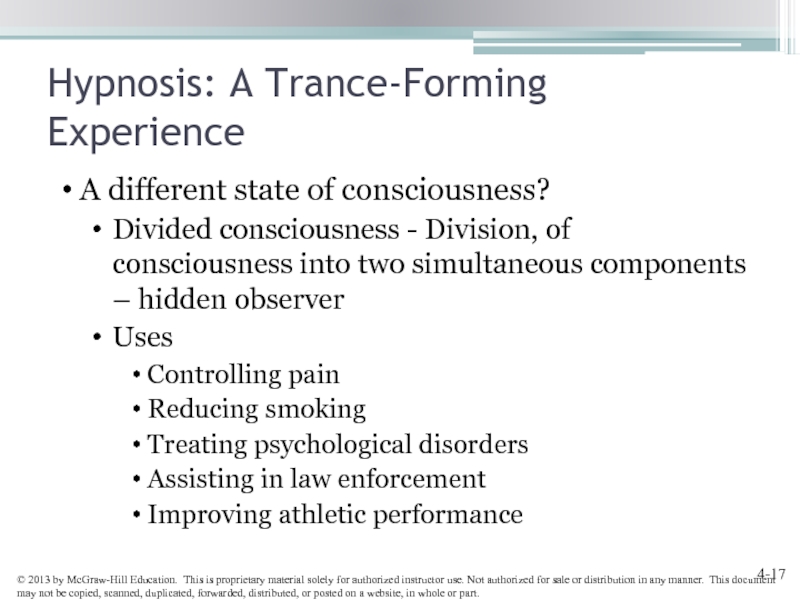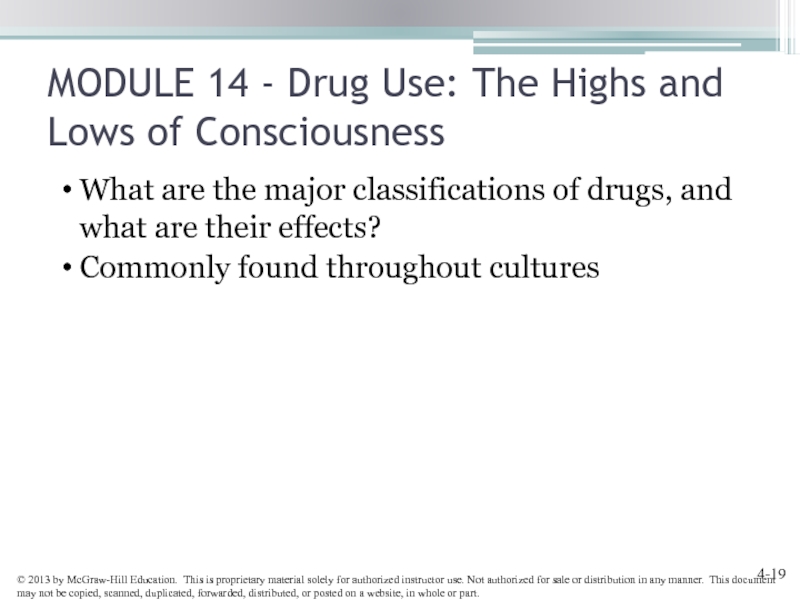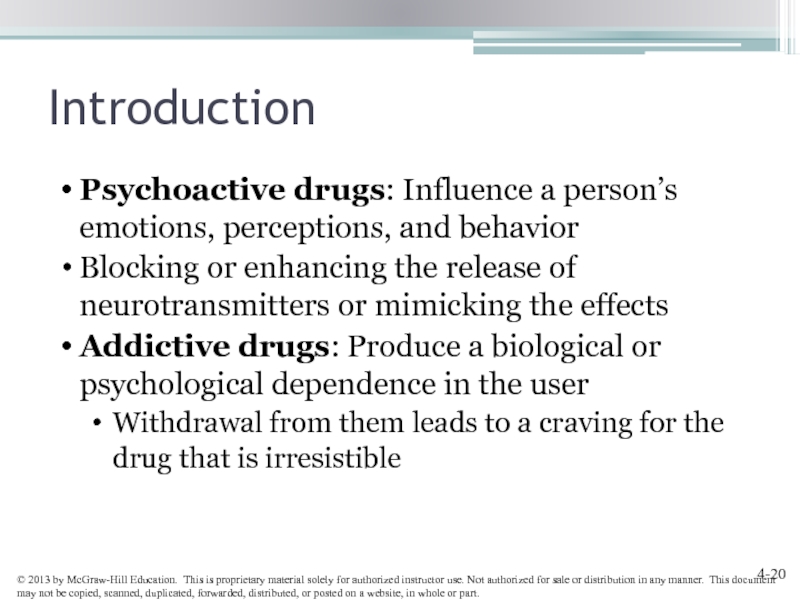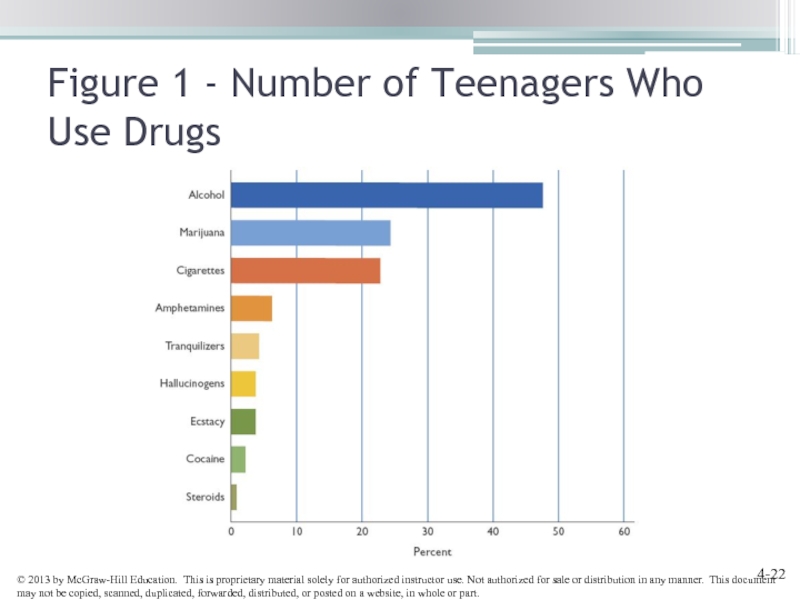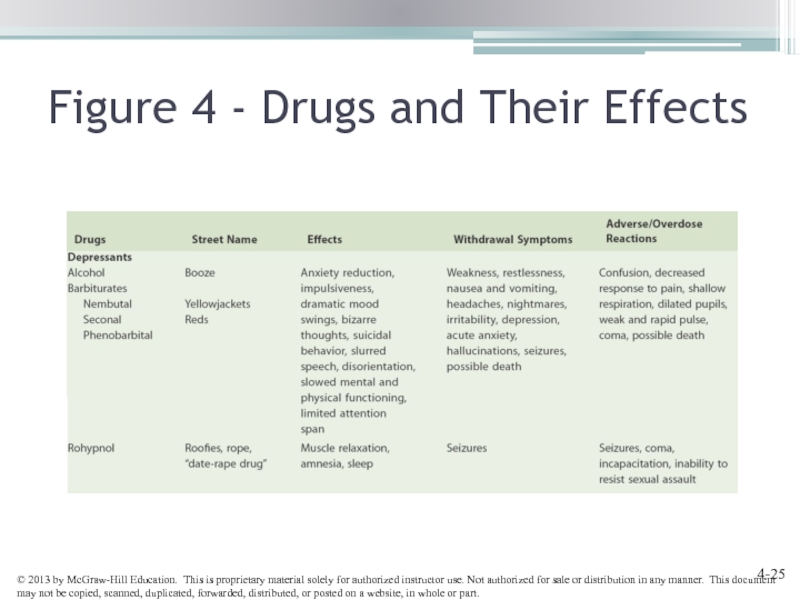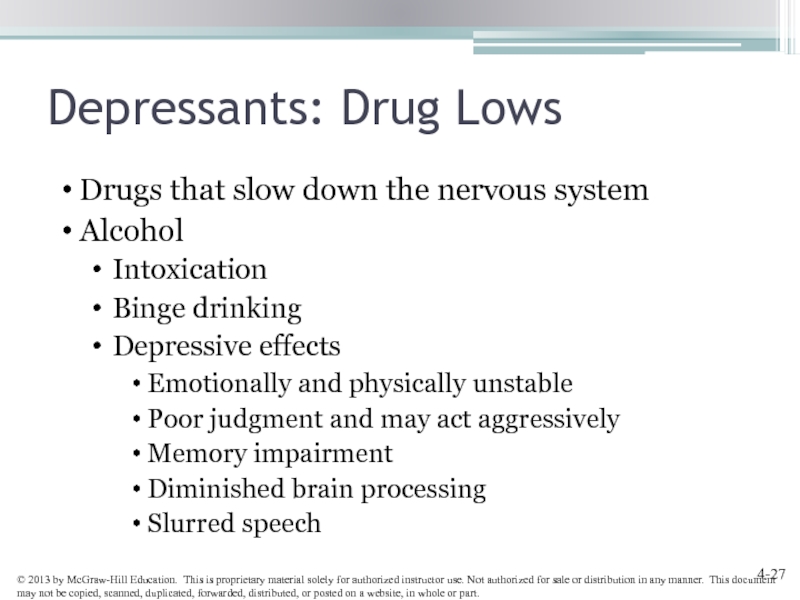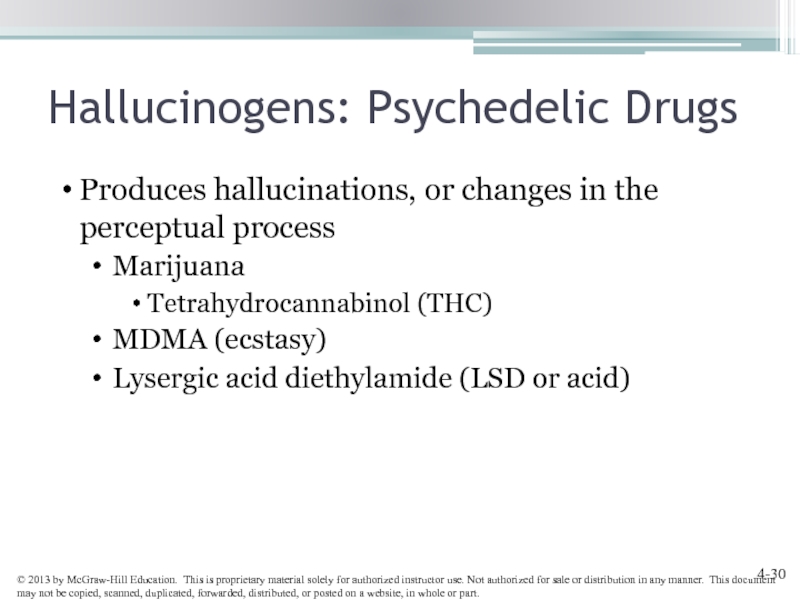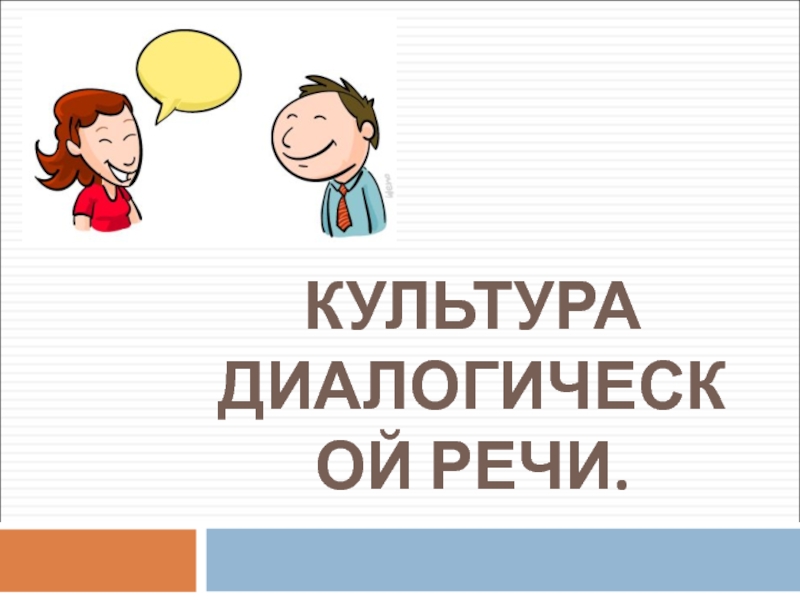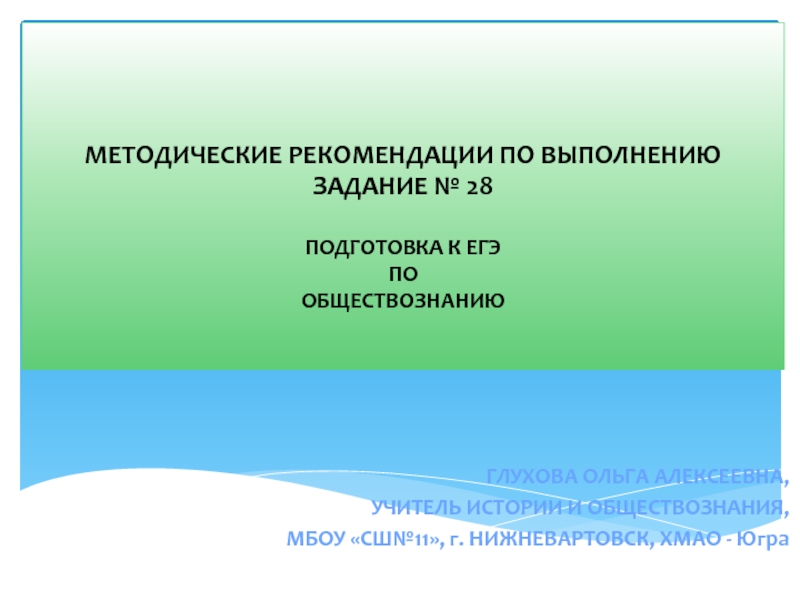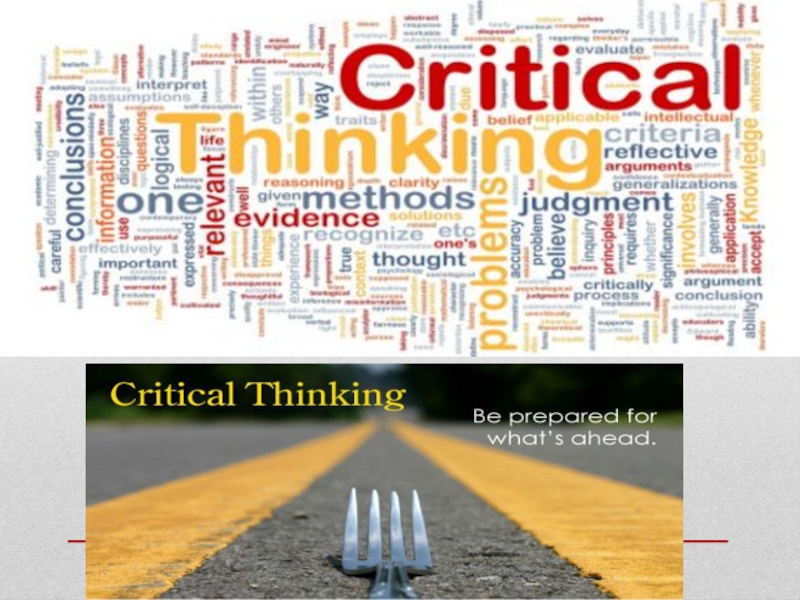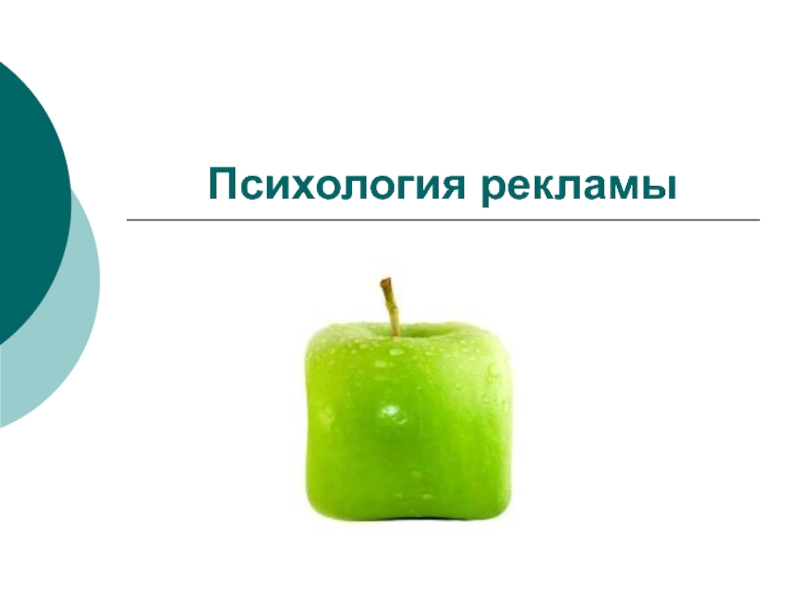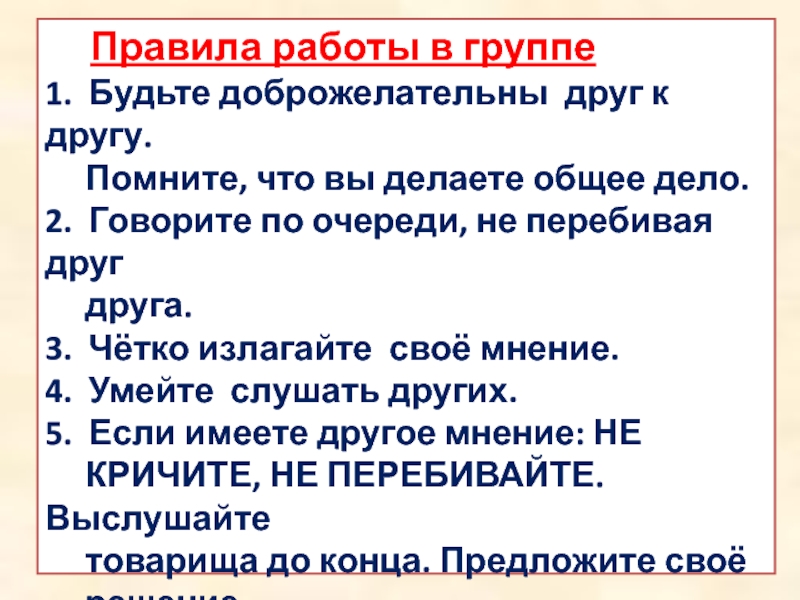- Главная
- Разное
- Дизайн
- Бизнес и предпринимательство
- Аналитика
- Образование
- Развлечения
- Красота и здоровье
- Финансы
- Государство
- Путешествия
- Спорт
- Недвижимость
- Армия
- Графика
- Культурология
- Еда и кулинария
- Лингвистика
- Английский язык
- Астрономия
- Алгебра
- Биология
- География
- Детские презентации
- Информатика
- История
- Литература
- Маркетинг
- Математика
- Медицина
- Менеджмент
- Музыка
- МХК
- Немецкий язык
- ОБЖ
- Обществознание
- Окружающий мир
- Педагогика
- Русский язык
- Технология
- Физика
- Философия
- Химия
- Шаблоны, картинки для презентаций
- Экология
- Экономика
- Юриспруденция
Module 12 - Sleep and dreams презентация
Содержание
- 1. Module 12 - Sleep and dreams
- 2. Introduction Consciousness: Awareness of the sensations, thoughts,
- 3. The Stages of Sleep
- 4. Figure 2 - Brain-Wave Patterns
- 5. REM Sleep: The Paradox of Sleep Rapid
- 6. REM Sleep: The Paradox of Sleep Rebound
- 7. Why do We Sleep, and How Much
- 8. The Function and Meaning of Dreams Unconscious
- 9. The Function and Meaning of Dreams Dreams-for-survival
- 10. The Function and Meaning of Dreams Activation-synthesis
- 11. Sleep Disturbances: Slumbering Problems
- 12. Circadian Rhythms: Life Cycles Biological processes that
- 13. Daydreams: Dreams Without Sleep Fantasies that people
- 14. MODULE 13 - Hypnosis and Meditation
- 15. Hypnosis: A Trance-Forming Experience Trancelike state of
- 16. Hypnosis: Process Hypnotist may make suggestions that the person interprets as being produced by hypnosis
- 17. Hypnosis: A Trance-Forming Experience A different state
- 18. Meditation: Regulating our Own State of Consciousness
- 19. MODULE 14 - Drug Use: The Highs
- 20. Introduction Psychoactive drugs: Influence a person’s emotions,
- 21. Introduction Reasons for drug intake Perceived pleasure
- 22. Figure 1 - Number of Teenagers Who Use Drugs
- 23. Stimulants: Drug Highs Drugs that have an
- 24. Figure 4 - Drugs and Their Effects
- 25. Figure 4 - Drugs and Their Effects
- 26. Figure 4 - Drugs and Their Effects
- 27. Depressants: Drug Lows Drugs that slow down
- 28. Barbiturates and Rophynol Barbiturates - Induce sleep or reduce stress Rohypnol - Date rape drug
- 29. Narcotics: Relieving Pain and Anxiety Drugs that
- 30. Hallucinogens: Psychedelic Drugs Produces hallucinations, or changes
- 31. Figure 7 - Teenagers Who Have Used Marijuana in the Last Year
Слайд 1MODULE 12 - Sleep and Dreams
What are the different states of
What happens when we sleep, and what are the meaning and function of dreams?
What are the major sleep disorders, and how can they be treated?
How much do we daydream?
Слайд 2Introduction
Consciousness: Awareness of the sensations, thoughts, and feelings we experience at
Waking consciousness
Altered states of consciousness
Слайд 5REM Sleep: The Paradox of Sleep
Rapid eye movement sleep: Sleep occupying
Increased heart rate and blood pressure
Breathing rate
Erections
Eye movements
The experience of dreaming
Слайд 6REM Sleep: The Paradox of Sleep
Rebound effect - REM-deprived sleepers spend
REM sleep plays a role in learning and memory
Allows us to rethink and restore information and emotional experiences
Слайд 7Why do We Sleep, and How Much Sleep is Necessary? –
Exact reason for sleep is unknown
Explanations:
Evolutionary theory – conserve energy, look for food during sunlit hours
Restoration for brain and body – rest receptor cells. REM stops the release of neurotransmitters related to arousal.
Brain growth and development –People sleep between 7–8 hours per night
Varies among individuals
Слайд 8The Function and Meaning of Dreams
Unconscious wish fulfillment theory: Sigmund Freud’s
Dreams represent unconscious wishes that dreamers desire to see fulfilled
Manifest and Latent content of dreams: Disguised meanings of dreams, hidden by more obvious subjects
Environmental influence and PET scan results limbic and paralimbic (emotion + motivation) active vs little activity in prefrontal lobe (analysis and attention).
Слайд 9The Function and Meaning of Dreams
Dreams-for-survival theory: Dreams permit information that
Information is to be reconsidered and reprocessed during sleep
Concerns in daily life
Слайд 10The Function and Meaning of Dreams
Activation-synthesis theory: The brain produces random
Stimulates memories stored in the brain
Pons randomly sends messages to the cortex
Слайд 12Circadian Rhythms: Life Cycles
Biological processes that occur regularly on approximately a
Suprachiasmatic nucleus (SCN) - Controls circadian rhythms
Seasonal affective disorder - Severe depression which increases during the winter and decreases during the rest of the year
Слайд 13Daydreams: Dreams Without Sleep
Fantasies that people construct while awake
Part of waking
Time spent in daydreaming varies from individual to individual
Brains are relatively active – areas associated with problem solving
Слайд 14MODULE 13 - Hypnosis and Meditation
What is hypnosis, and are
What are the effects of meditation?
Слайд 15Hypnosis: A Trance-Forming Experience
Trancelike state of heightened susceptibility to the suggestions
Susceptibility to hypnosis varies greatly
Ones’ ability to focus and avoid – concentrate
Can’t be asked to do things against ones’ will.
Слайд 16Hypnosis: Process
Hypnotist may make suggestions that the person interprets as being
Слайд 17Hypnosis: A Trance-Forming Experience
A different state of consciousness?
Divided consciousness - Division,
Uses
Controlling pain
Reducing smoking
Treating psychological disorders
Assisting in law enforcement
Improving athletic performance
Слайд 18Meditation: Regulating our Own State of Consciousness
Learned technique for refocusing attention
Repetition of a mantra
Long-term practice improves health because of the biological changes it produces
Слайд 19MODULE 14 - Drug Use: The Highs and Lows of Consciousness
What
Commonly found throughout cultures
Слайд 20Introduction
Psychoactive drugs: Influence a person’s emotions, perceptions, and behavior
Blocking or enhancing
Addictive drugs: Produce a biological or psychological dependence in the user
Withdrawal from them leads to a craving for the drug that is irresistible
Слайд 21Introduction
Reasons for drug intake
Perceived pleasure of the experience itself
Escape that a
Attempt to achieve a religious or spiritual state
Genetic factors may predispose some people to be more susceptible to drugs
D.A.R.E - Drug reduction program used in majority of schools
Слайд 23Stimulants: Drug Highs
Drugs that have an arousal effect on the central
Caffeine
Nicotine
Amphetamines (speed)
Methamphetamine (meth)
Cocaine
Pleasure vs rewiring triggering physiological and psychological addiction
Слайд 27Depressants: Drug Lows
Drugs that slow down the nervous system
Alcohol
Intoxication
Binge drinking
Depressive
Emotionally and physically unstable
Poor judgment and may act aggressively
Memory impairment
Diminished brain processing
Slurred speech
Слайд 28Barbiturates and Rophynol
Barbiturates - Induce sleep or reduce stress
Rohypnol - Date
Слайд 29Narcotics: Relieving Pain and Anxiety
Drugs that increase relaxation and relieve pain
Morphine
Heroin
Methadone
Satisfies a heroin user’s physiological cravings for the drug without providing the “high”
Oxycodone (oxycontin)
Слайд 30Hallucinogens: Psychedelic Drugs
Produces hallucinations, or changes in the perceptual process
Marijuana
Tetrahydrocannabinol (THC)
MDMA (ecstasy)
Lysergic acid diethylamide (LSD or acid)

